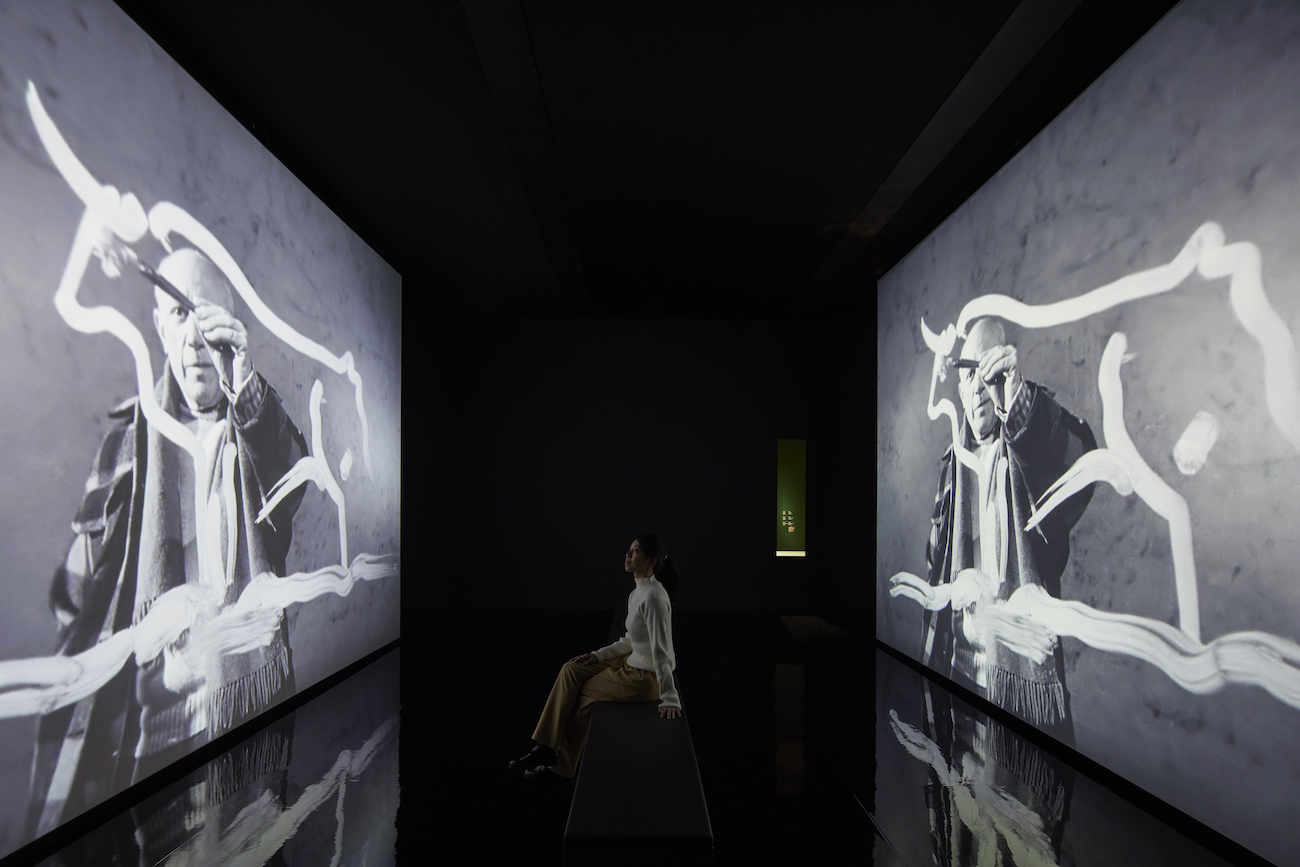
Installation view of “The Hong Kong Jockey Club Series: Picasso for Asia—A Conversation,” at M+ in Hong Kong. (Photo: Lok Cheng)
One of art history’s many undeniable facts is that Pablo Picasso has had a tremendous impact upon the canon. Equally undeniable is his enduring influence upon generations of artists, whether it be across Europe, the Americas, or, as a sweeping new exhibition now unveils, Asia.
Staged at M+ in Hong Kong, The Hong Kong Jockey Club Series: Picasso For Asia—A Conversation examines Picasso’s rich legacy and how contemporary Asian artists have reimagined it through their visual language, either through homage, critique, or something in between. To illustrate these transnational dialogues, the exhibition compiles more than 60 works by Picasso and about 130 pieces by Asian and Asian-diasporic artists, encompassing nearly 100 years of artistic evolution. This meticulous curation yields fascinating juxtapositions: Picasso’s Cubist composition Dead Birds converses with Luis Chan’s 1959 painting Cubist Sea Shore; Picasso’s unsettling, contorted figure in The Acrobat complements that of Isamu Noguchi’s Strange Bird; and a 2024 painting by Simon Fujiwara reinvents Picasso’s Massacre in Korea. The list, of course, goes on.
All of this is to say that Picasso For Asia is as ambitious as it is sprawling. To accommodate this, the exhibition is organized into four “archetypes.” Each section focuses on what M+ calls the “expectations and assumptions” we hold not only about Picasso, but about contemporary artists. The exhibition’s first section, titled “The Genius,” for instance, explores Picasso’s “extraordinary talent as a young painter” and how he gradually cemented himself as one of the world’s most renowned artists. “The Apprentice,” on the other hand, considers some of the more derivative aspects of Picasso’s work, including his complicated fascination with African sculptures and art.
Most of all, though, Picasso For Asia showcases the artist’s preference for the magical, grotesque, and humorous. What distinguished Picasso during his life—and what still makes him so captivating—was his unceasing rejection of traditional art, particularly representational forms, colors, and techniques.
Much of the exhibition proves how adept Picasso was at “shattering” the body, rendering it through cubist shapes, surreal poses, and at times, uncanny expressions. In turn, Asian artists responded to this, as revealed in works like Gu Dexin’s Untitled. The painting includes a cast of fantastical creatures, ranging from three-headed cattle to amorphous birds. With their bizarre eyes, lips, and anatomy, these creatures resemble some of those found in Picasso’s surrealist compositions, which saw him deconstruct and rearrange the human body to the point where it became unfamiliar and almost frightening.
“Picasso For Asia demonstrates how cross-cultural collaboration can create new narratives and perspectives that enrich discussions in world art history,” Suhanya Raffel, the museum director of M+, said in a statement.
Doryun Chong, the artistic director and chief curator of M+, added: “We present a rich and critical dialogue with great resonance, as we delve into deeply pertinent questions relevant not only to Asia and the West, but to the world.”
It’s true; Picasso For Asia is an unprecedented journey through the artist’s impact, mapping the exchange of artistic ideas on a global scale. Notably, it also serves as the first major exhibition of Picasso in Hong Kong in more than a decade, and it represents a significant collaboration between M+ and Musée national Picasso-Paris.
The Hong Kong Jockey Club Series: Picasso For Asia—A Conversation is currently on view at M+ until July 13, 2025.
Now on view at M+ in Hong Kong, Picasso For Asia: A Conversation examines the artist’s rich legacy and how contemporary Asian artists have reimagined it through their visual language.
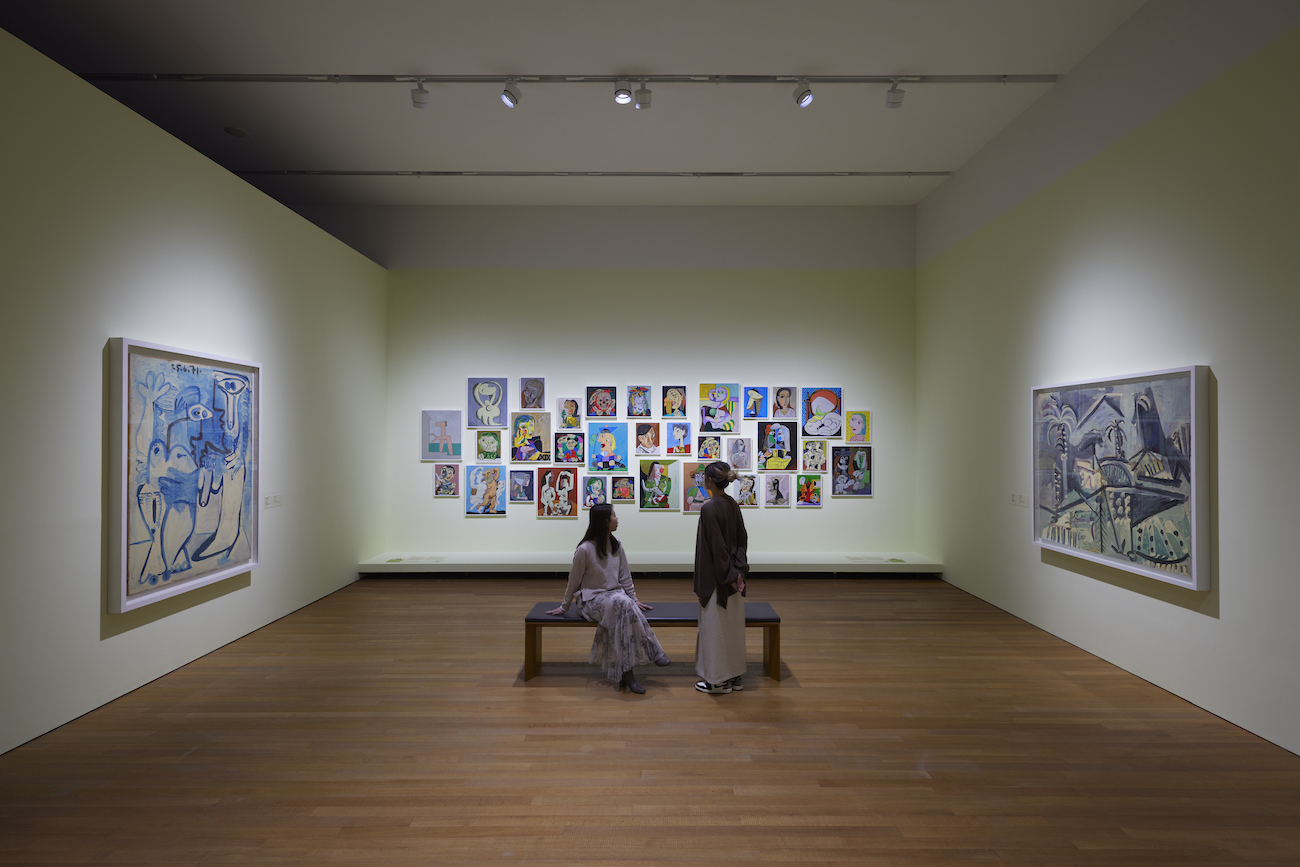
Installation view of “The Hong Kong Jockey Club Series: Picasso for Asia—A Conversation,” at M+ in Hong Kong. (Photo: Lok Cheng)
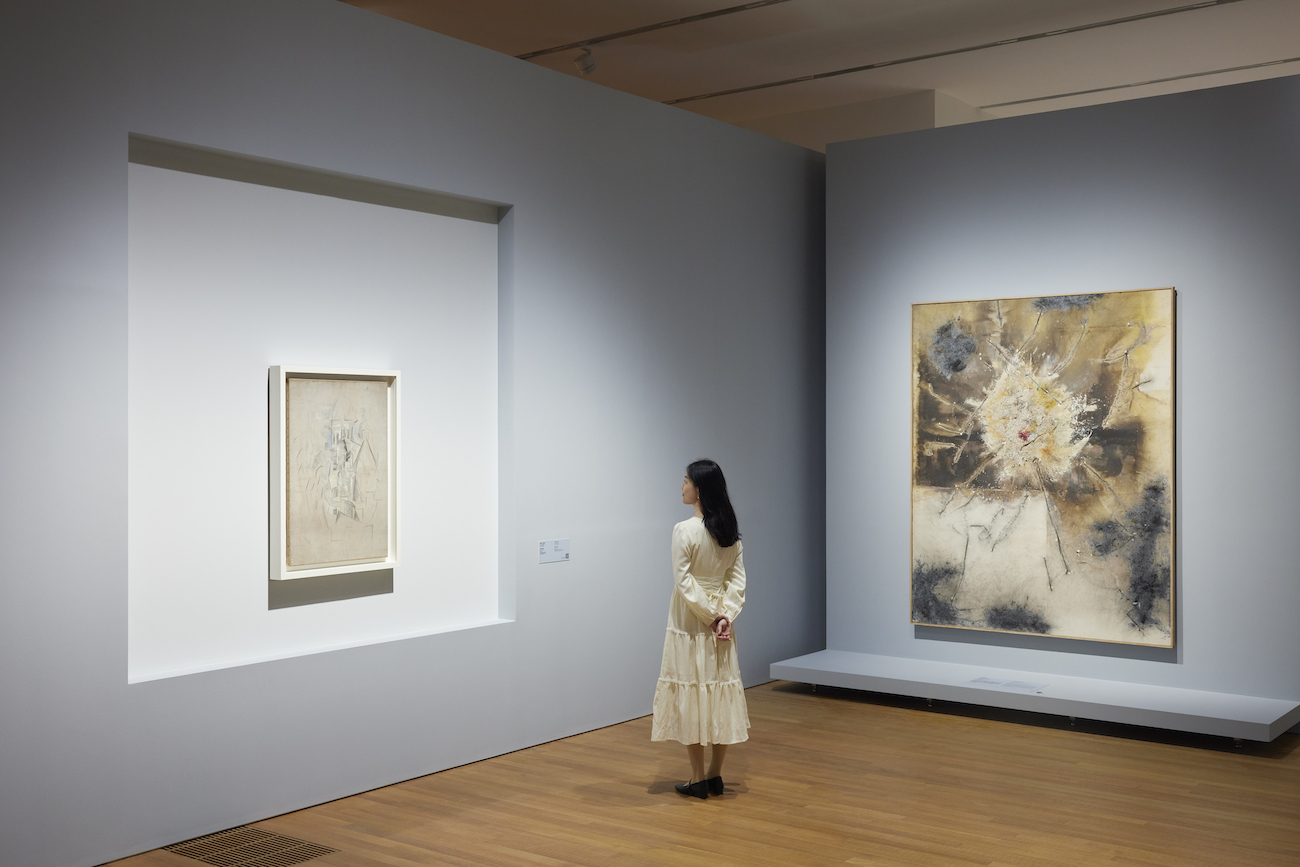
Installation view of “The Hong Kong Jockey Club Series: Picasso for Asia—A Conversation,” at M+ in Hong Kong. (Photo: Wilson Lam)

Pablo Picasso, “The Acrobat,” 1930. (Courtesy Musée national Picasso-Paris / Mathieu Rabeau)
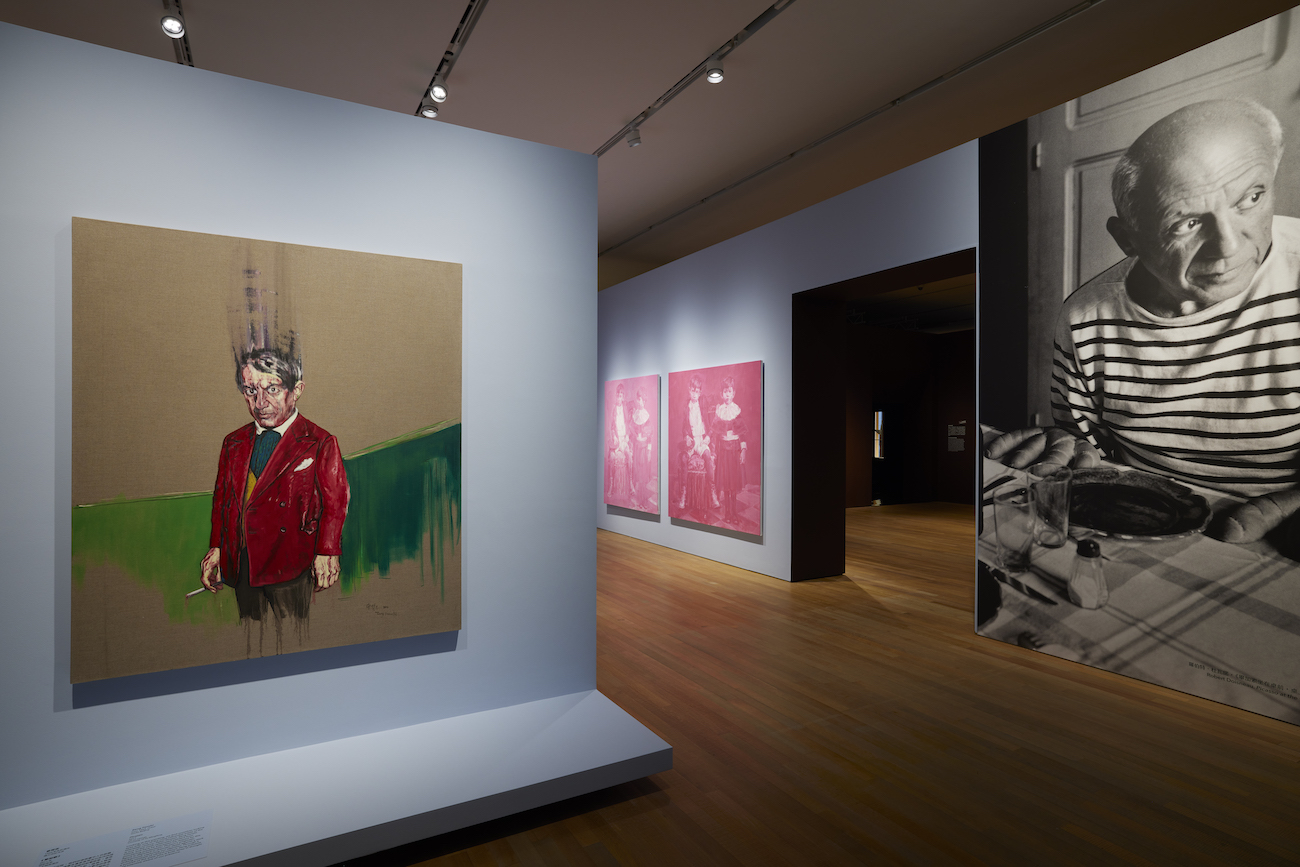
Installation view of “The Hong Kong Jockey Club Series: Picasso for Asia—A Conversation,” at M+ in Hong Kong. (Photo: Lok Cheng)

Gu Dexin, “Untitled,” 1980s. (Courtesy M+, Hong Kong)

Installation view of “The Hong Kong Jockey Club Series: Picasso for Asia—A Conversation,” at M+ in Hong Kong. (Photo: Wilson Lam)
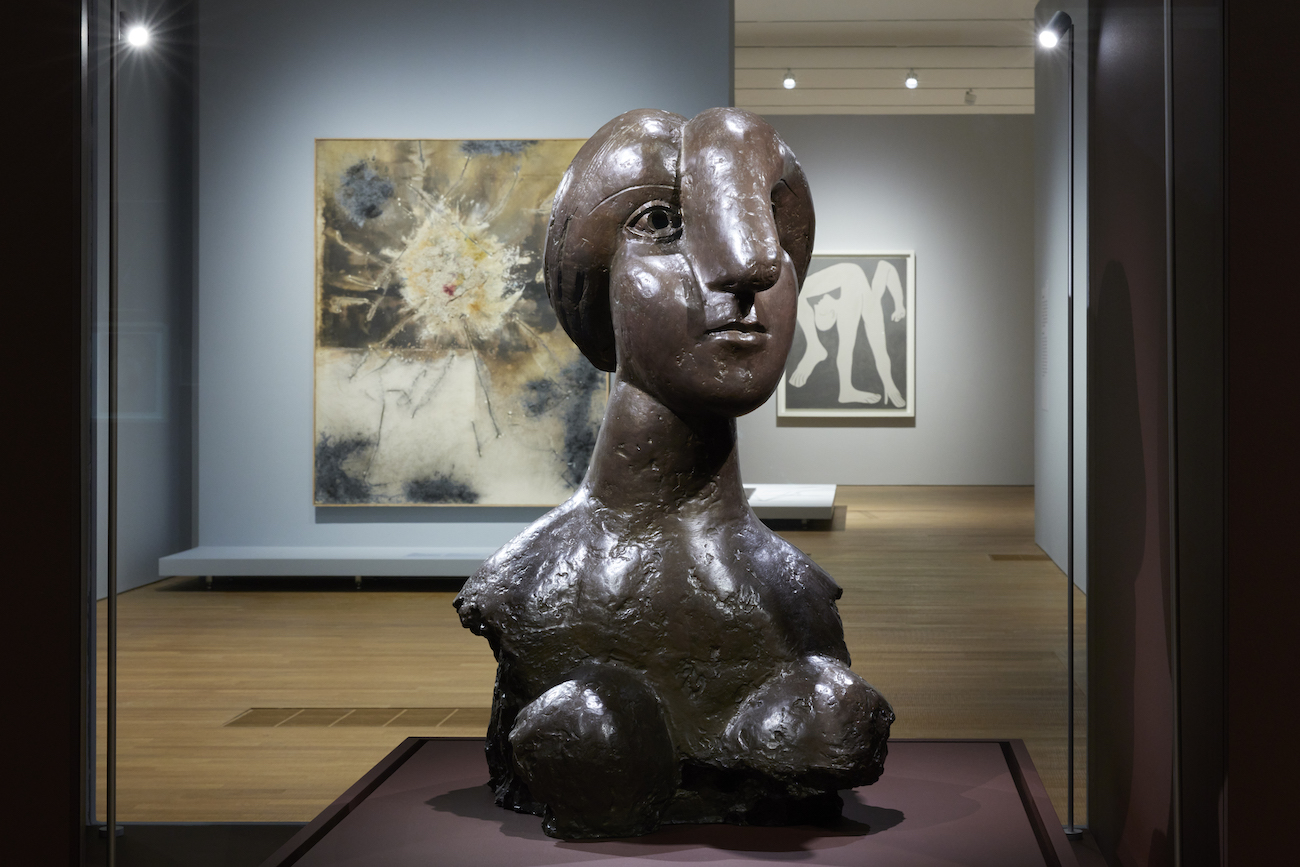
Installation view of “The Hong Kong Jockey Club Series: Picasso for Asia—A Conversation,” at M+ in Hong Kong. (Photo: Wilson Lam)
The exhibition compiles more than 60 works by Picasso and 130 pieces by Asian and Asian-diasporic artists, encompassing nearly 100 years of artistic evolution.

Luis Chan, “Joy of Life,” 1969. (Courtesy Hanart TZ Gallery)

Pablo Picasso, “Figures by the Sea,” 1931. (Courtesy Musée national Picasso-Paris / Mathieu Rabeau)
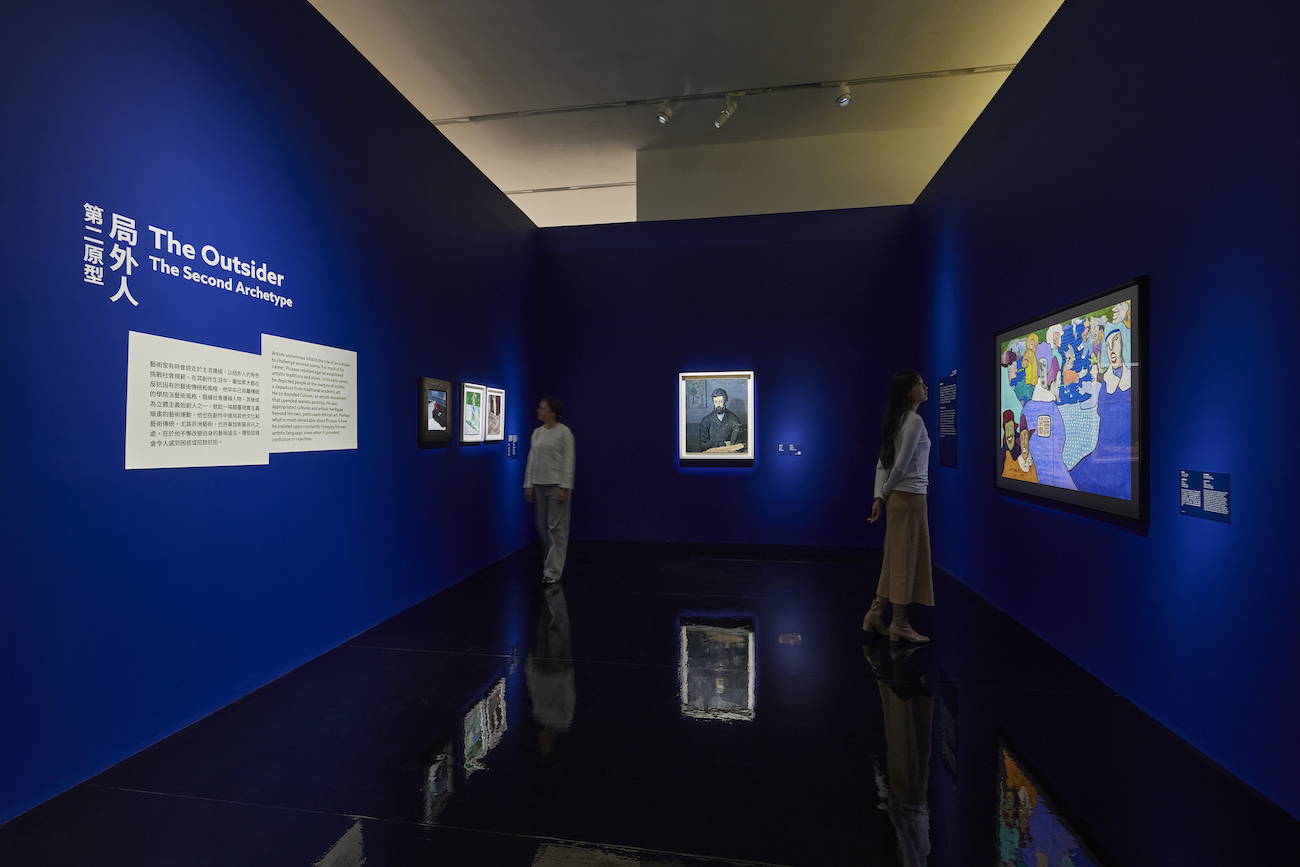
Installation view of “The Hong Kong Jockey Club Series: Picasso for Asia—A Conversation,” at M+ in Hong Kong. (Photo: Wilson Lam)
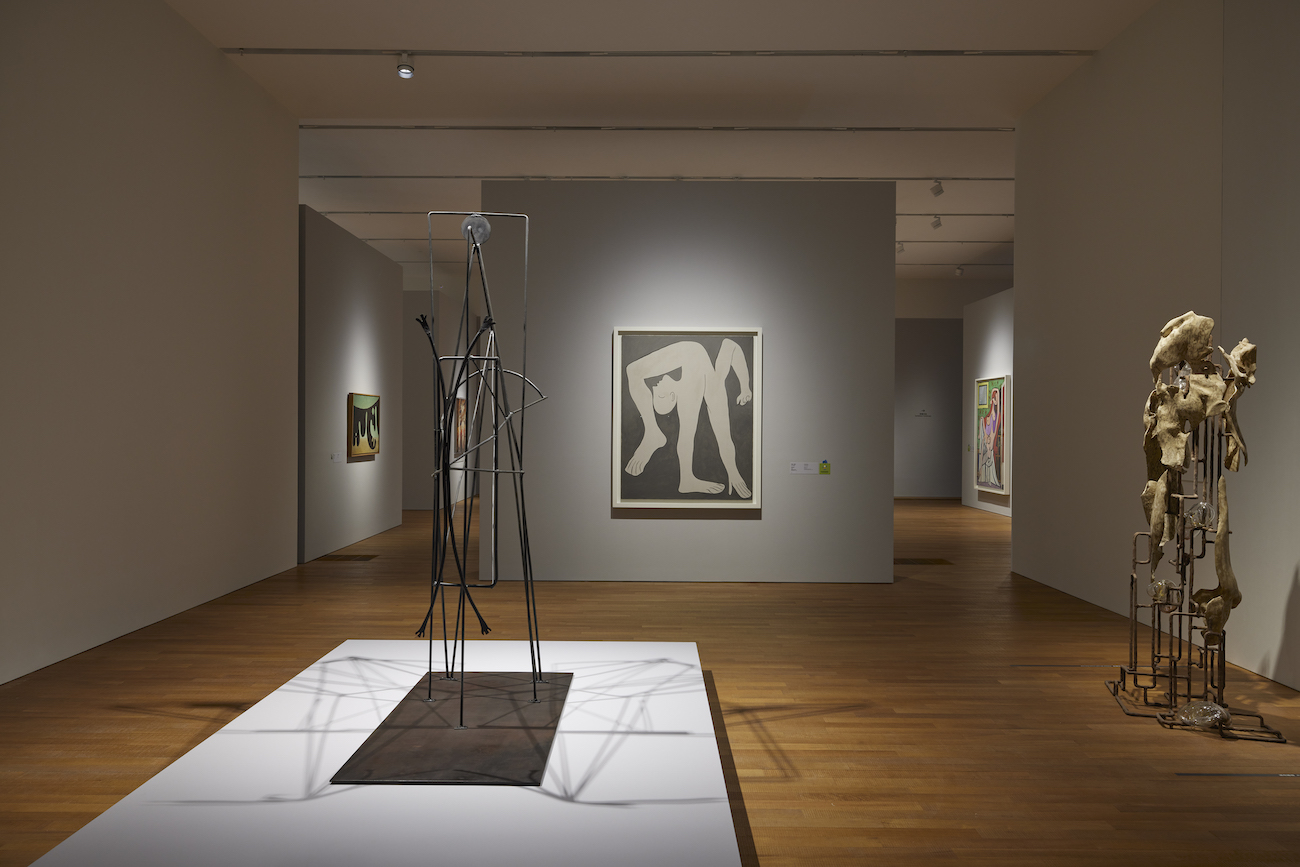
Installation view of “The Hong Kong Jockey Club Series: Picasso for Asia—A Conversation,” at M+ in Hong Kong. (Photo: Lok Cheng)
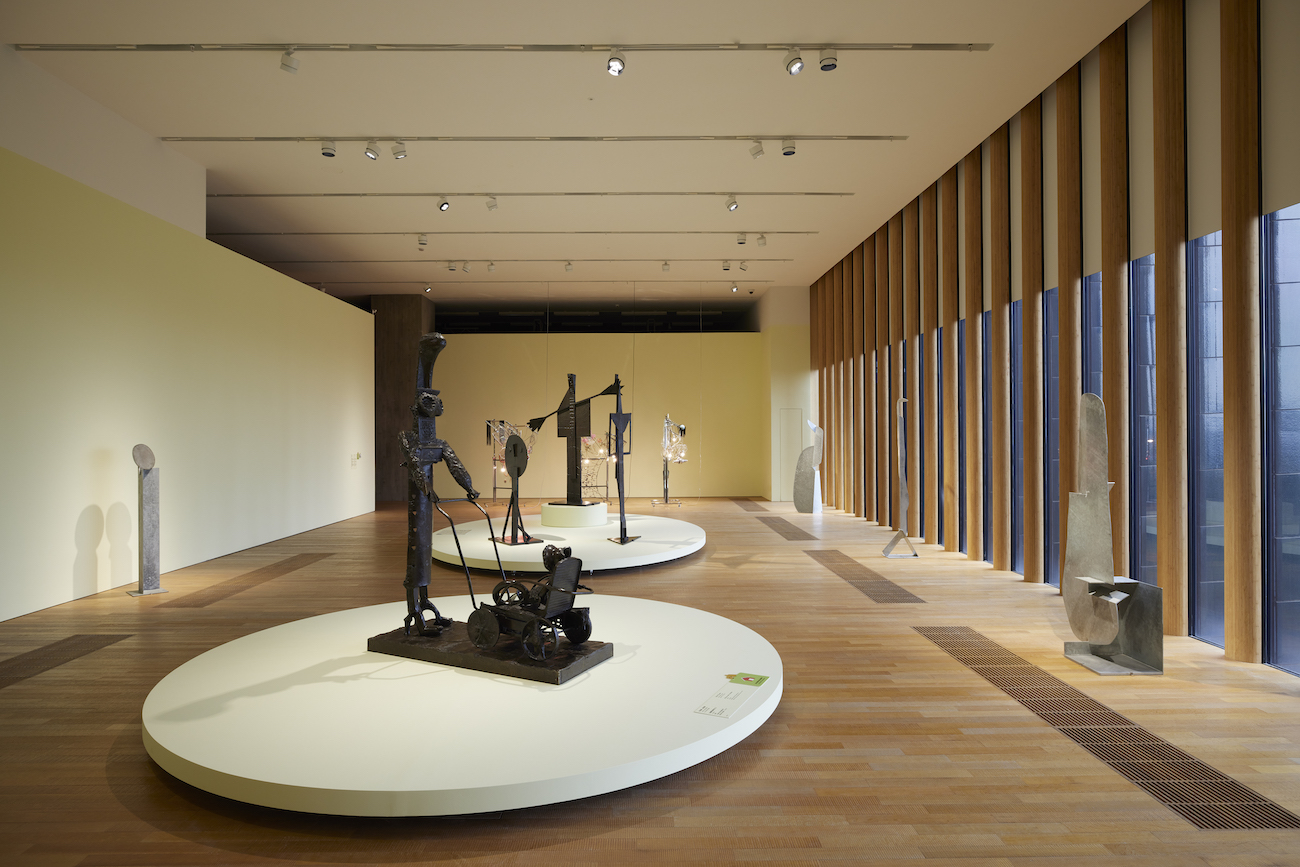
Installation view of “The Hong Kong Jockey Club Series: Picasso for Asia—A Conversation,” at M+ in Hong Kong. (Photo: Lok Cheng)
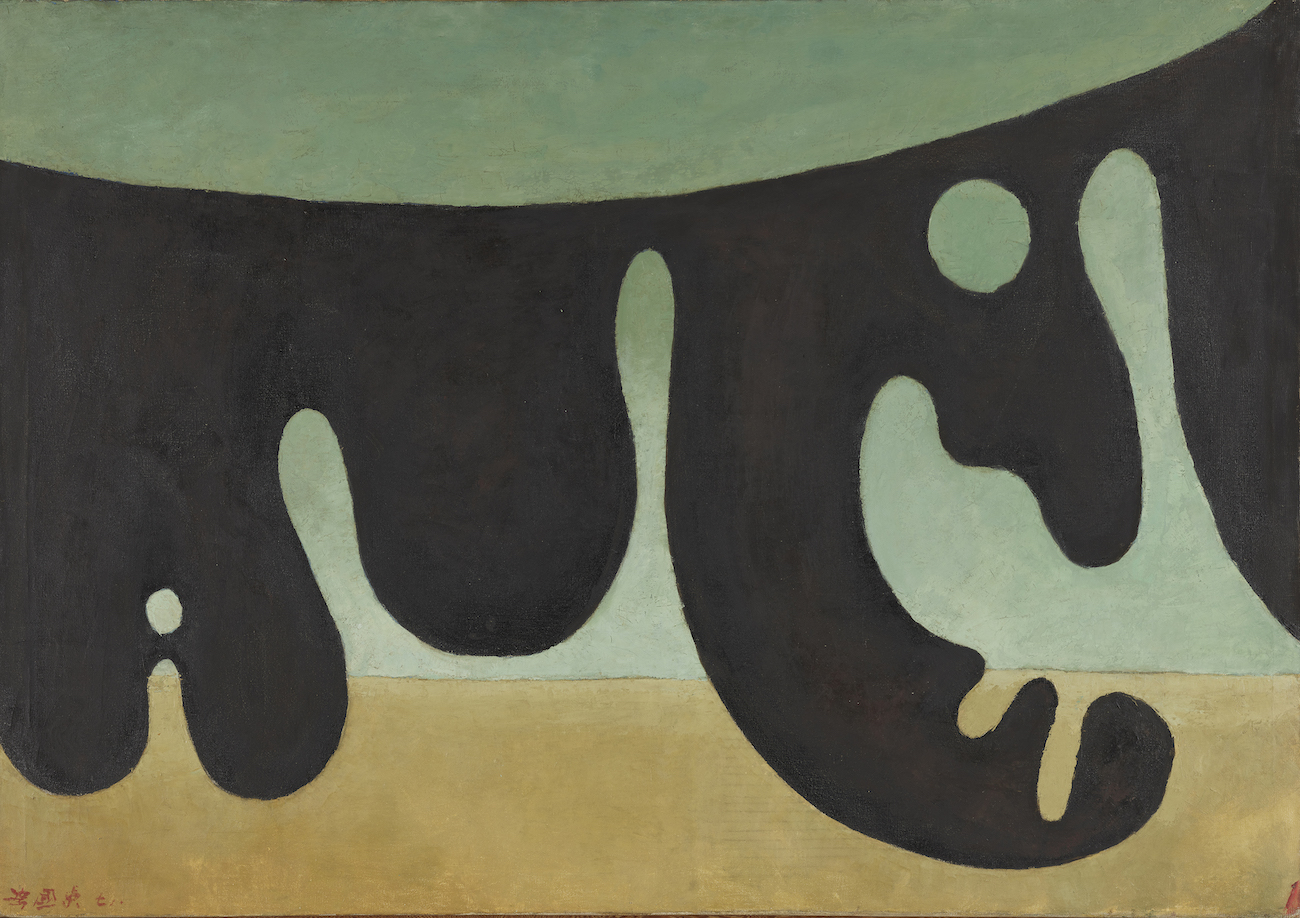
Feng Guodong, “Body,” 1978. (Courtesy of M+, Hong Kong)
“Picasso For Asia demonstrates how cross-cultural collaboration can create new narratives and perspectives that enrich discussions in world art history,” Suhanya Raffel, the museum director of M+, said.

Installation view of “The Hong Kong Jockey Club Series: Picasso for Asia—A Conversation,” at M+ in Hong Kong. (Photo: Lok Cheng)

Installation view of “The Hong Kong Jockey Club Series: Picasso for Asia—A Conversation,” at M+ in Hong Kong. (Photo: Lok Cheng)
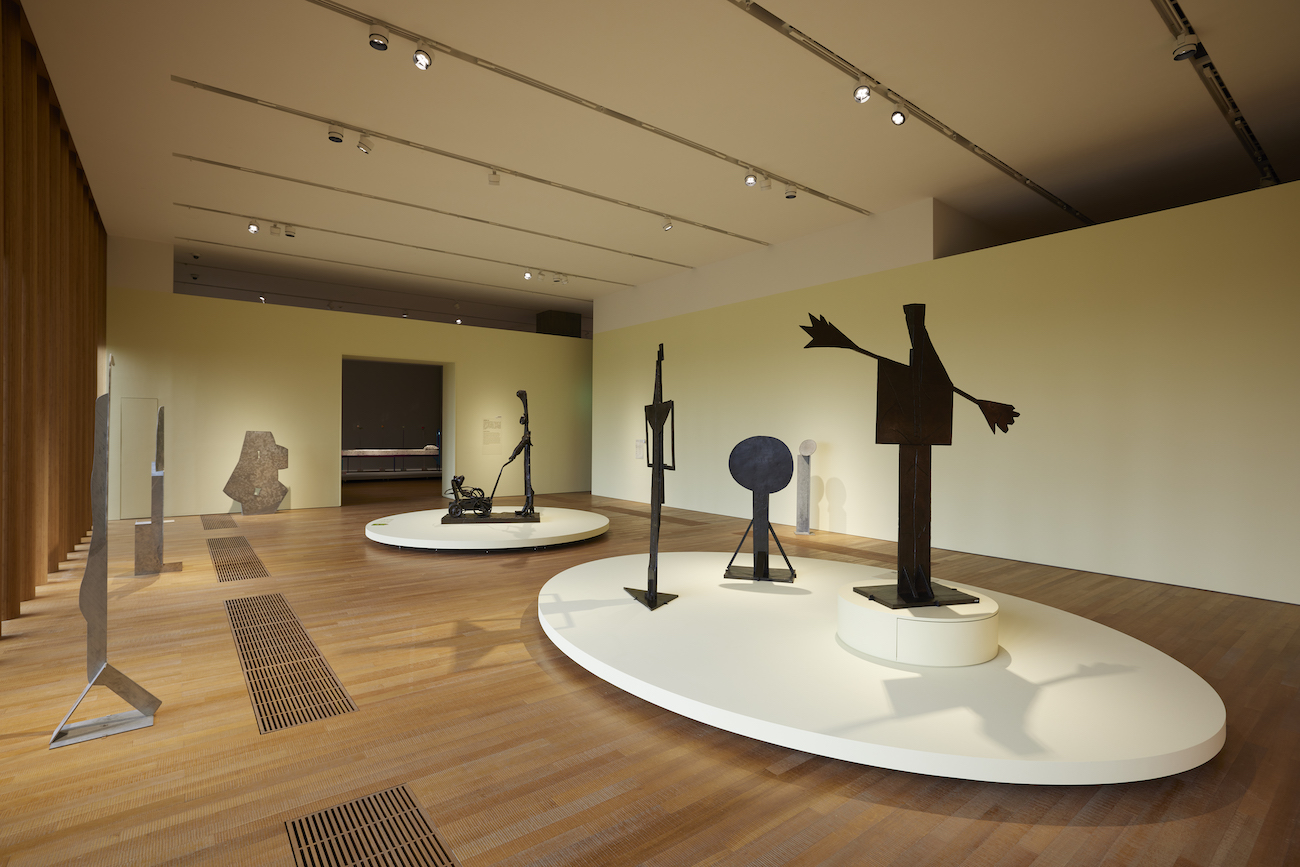
Installation view of “The Hong Kong Jockey Club Series: Picasso for Asia—A Conversation,” at M+ in Hong Kong. (Photo: Lok Cheng)
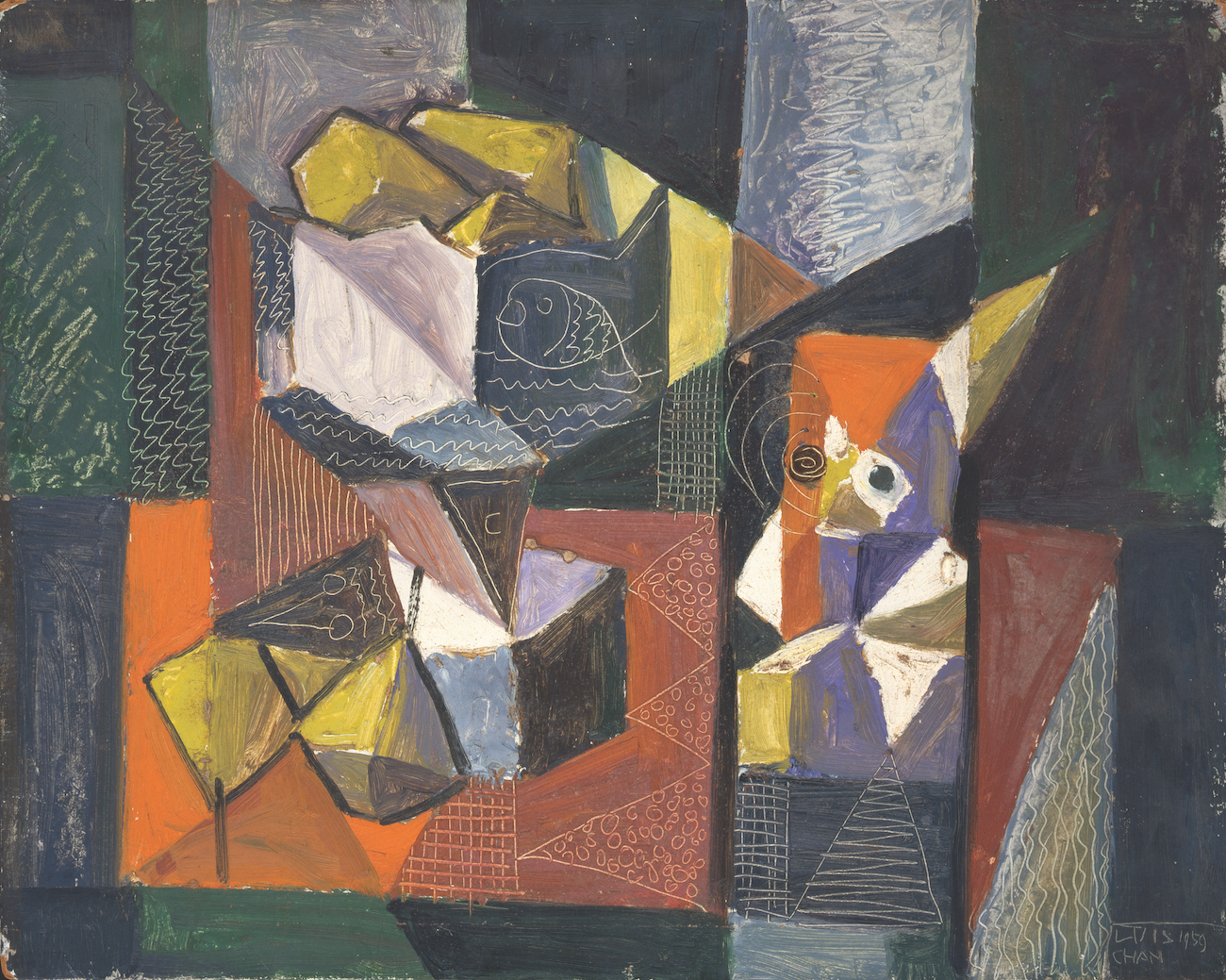
Luis Chan, “Cubist Sea Shore,” 1959. (Courtesy Hanart TZ Gallery)
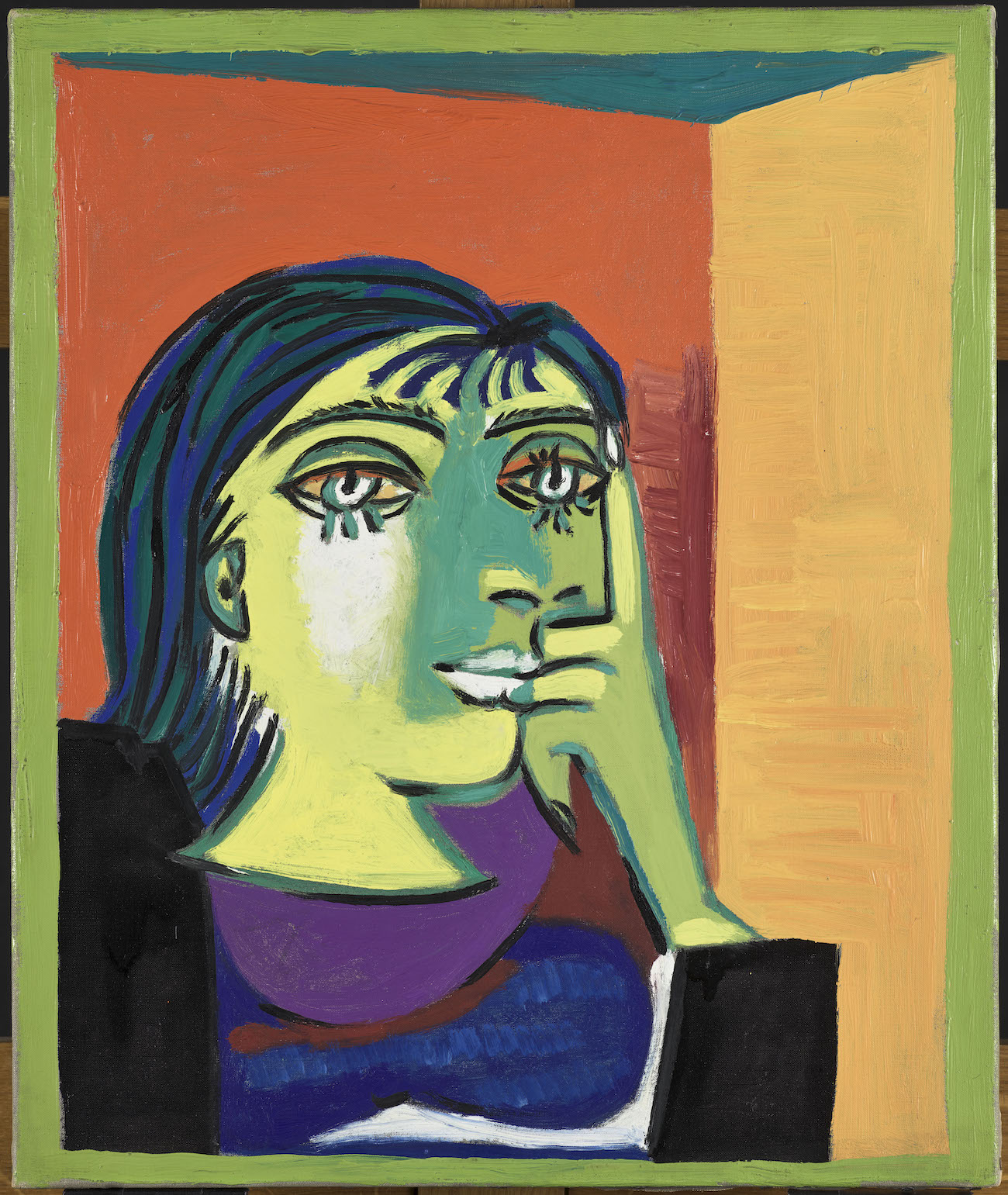
Pablo Picasso, “Portrait of Dora Maar,” 1937. (Courtesy Musée national Picasso-Paris / Mathieu Rabeau)
